Grinding Gear Games and their CEO have been quite busy. Fresh off the success of last year’s ExileCon and the Conquerors of the Atlas and Metamorph additions, the team is looking forward to the continuous development of Path of Exile’s expansions and the hotly-anticipated sequel, Path of Exile 2. During the press tour for the newest expansion, Delirium, I had a chance to talk to Chris Wilson about design philosophies, mist effects impacting performance, the company’s product influencing other ARPGs, the possibility of “sequel leagues,” regional pricing, and more.
Note: Path of Exile: Delirium will be available to PC players on March 13, 2020. The console release will follow the week after that. For more information, check out our in-depth preview coverage of Path of Exile: Delirium.
Path of Exile: Delirium – Chatting with Chris Wilson
Delirium and “Breach 2.0”
The first thing I noticed in Path of Exile: Delirium was how it looked a bit like 2016’s Breach. As Chris Wilson explained, the core combat mechanic does feel similar but players will have more control over Delirium‘s difficulty depending on how far they venture into the mists. Also, unlike Breach, Delirium‘s content will stack and come integrated with other activities in the game rather than being self-contained.
What’s the design philosophy behind Path of Exile: Delirium‘s concepts?
Path of Exile: Delirium is designed to have a wide range of difficulty, like Delve and Metamorph. If Breach always had the same difficulty, then Delirium would encourage players to build good characters as they play through the storyline.
Considering that Delirium has similarities to Breach, has your team thought about doing “direct sequel leagues” or “2.0 versions” that are tied to or are resolving a previous expansion?
I would really like to do this. [Direct sequel leagues] are something I’ve pushed for very heavily during internal meetings. But, there are also good reasons why we haven’t done these. For every league, some people like it and some people don’t. If we do a direct sequel, that’ll be good for the people that liked the previous league, but the people who didn’t will probably skip it.
The strategy we’ve thought of is to have unofficial sequels. There are relationships with past leagues, but we want to [implement these] in a clever way. For example, some people really want to revisit Harbinger and some people don’t. So, what we can end up doing is something that, plot-wise, is like “Harbinger 2” or a sequel. However, mechanically, it has its own identity.
That’s an example of us revisiting previous content and pushing the story further. But, we’ll do it in a way that isn’t so direct so as not to upset the players who didn’t like their experience from a couple of years ago [during that league].
Path of Exile: Delirium focuses on mist-shrouded locales. Knowing how special effects in the game can be a detriment to performance and framerates, how will this impact players from a technical standpoint?
The fog effect in Path of Exile: Delirium won’t slow things down since we’ve added that in a smart way. Aside from that, it’s the sheer quantity of monsters onscreen that may affect performance. All of the monsters in the game would require calculations to be done for their attacks or defense. However, because Delirium is a league where you’ll be fighting lots of monsters, there will be lots of things going on, and there may, potentially, be moments that affect performance.
We do have to be vigilant about this. We don’t want to lower the number of monsters just because we’re afraid of how it’ll affect performance. The goal is to improve performance and have awesome combat with lots of monsters. Also, our team has been making strides league after league to improve performance, the time it takes to make calculations, CPU usage, graphical changes, and subtle tweaks to the game’s engine.
You mentioned that the fog effects were added in a smart way, could you add a few more details about how this was done?
When we try to implement new effects like that, especially those that affect the entire screen, we try to use cutting-edge techniques that won’t hamper performance. The fog effects were actually developed for Path of Exile 2. [You’ll see these effects] in Path of Exile 2‘s misty graveyard areas.
We realized that we can scale these effects up a notch, adding graphical and aesthetic improvements without slowing down the game. So, we borrowed this cool Path of Exile 2 technology to use it for Delirium.
Delirium has cluster jewels that add multiple passive skills that you can assign points to. How will this be implemented considering the limitations on the number of skill points as players progress? Will players need to refund or use Orbs of Regret?
We’re still playing around with this mechanic. It definitely takes passive points to allocate, but we’re looking at various “respecing” options, such as maybe using points to just respec the jewel options or the minor passives. We’ll definitely explain more as we get closer to the release.
Note: It’s been confirmed that jewel sockets/keystones will cost one refund point to respec, but the others won’t cost points to undo. You’ll be able to change your mind freely, for the most part.
Is there a limit to the number of cluster jewels that you can use?
There’s no limit. A player could just use the unique jewel which adds multiple cluster sockets [to have more available]. Still, that’d probably lead to having a bad character since you’d mostly get [unlocks and supporting perks] rather than going for pure damage.
How do feel about player retention and content drops? Have you debated releasing all of a league’s content on the same day or slowly releasing it as the league progresses?
We have found in the past slowing down [content drops] doesn’t actually stop players from leaving a league down the line. You start out with the most players on day 1, and then the player count gradually decreases. The only difference is that releasing content bit by bit will just mean that several players won’t be able to experience the expansion [if they decided to stop playing beforehand].
In our experience, releasing all the content on the first day is the most beneficial for Path of Exile players. They can breeze through the content in one weekend, or play for two or three months. It’s their decision to pace themselves throughout each league.
How do you feel about the grind to hit level 100? Are there developers that try to reach that point each league?
We have multiple staff members who do hit level 100 each league because they love to play, and it’s even easier now than in the past. Personally, I’d like for [reaching level 100] to be harder, to make it much less accessible. But — and Chris made the following statement very important — there are a lot of expectations within the community about what should be achievable. I don’t want to slow it down, like, say that it should take five times longer. That’ll mean that you’re investing more of your time just to reach the same goal. It’s going to be a very unpopular decision if ever we make that kind of change.
I do like the idea that we can have an additional progression system in there that’s lengthy [for players who want to reach that goal]. The good thing is that Path of Exile isn’t just about hitting 100. It’s also about finding the right items and perfecting your build, and those are in place.
One of the most popular ARPGs in recent memory is Wolcen: Lords of Mayhem. It also attracted a lot of criticisms and controversy because of server and connection issues. Has Path of Exile had these issues in the past? How were you able to prepare for these eventualities?
We certainly had server issues many times [going back to 2013 and 2014], though we haven’t had the game down for more than an hour or so. We try to put in a lot of time and money prior to the release so we can scale much higher than we thought we needed to. For example, we’ve done tests and we know that we could scale up to 500,000 players at any given time. Of course, if we go over 500,000 players by then, [the servers] would break.
This is also a constant thing in our business where we have to decide how to allocate our resources. Do we spend more on improving the game’s quality or improving the servers? We could probably spend to allow for our servers to handle 5 million players at the same time, but that will be an unrealistic and poor allocation of resources.
Have other development teams reached out to Grinding Gear Games considering Path of Exile‘s success, perhaps collaboration efforts or learning from your crew when it comes to making ARPGs?
[Maybe not direct collaboration efforts such as doing a crossover game], but I do try to talk to industry vets and developers, especially those who make ARPGs. They’re good people.
I’ve been talking to the Wolcen devs since around 2013 when I first met them. I try to catch up with Wolcen Studio’s CEO Daniel [Dolui] during industry events. I’m good friends with the guys who made Last Epoch. I talk to the Diablo devs whenever there’s time and Wyatt Cheng’s also a nice guy to hang out with.
Many players noticed similarities between Path of Exile and Wolcen: Lords of Mayhem, especially with the map items and passives tree. How do you feel about Path of Exile‘s position in the genre assuming that its mechanics may have inspired other games?
I haven’t spoken to the Wolcen developers [specifically about those elements in their game or the implementation]. However, it’s common for games in our genre to use the successful mechanics from other titles, too. For instance, Path of Exile has similarities to the early Diablo games since we’re all big fans of those products.
Likewise, it’s flattering to hear that there are similarities between Path of Exile and Wolcen. We’re also pretty happy with the position we occupy [in the ARPG genre] since our game has a reputation for excellent combat and character customization.
A player from Brazil shared a story about attempting to buy microtransactions, but support told him to pay in USD which can be quite a lot more expensive. How would you address microtransactions and regional pricing?
We do provide regional pricing or discounts that are considerable but not that large. From an income parity standpoint, we do want to improve our discounts to make the prices fairer for more regions, but this can also cause problems where users could just use a proxy or a VPN to bypass the pricing.
We are aware of the differences in spending power in various countries, and we don’t want to disadvantage users. I’ll look into this more. Maybe, over time, we can have more price discounts.
Note: It’s possible to see small discounts and price listings using your country’s currency rather than the dollar value if you’re using the Steam client or if you’ve selected your country’s flag at the top-right corner of Path of Exile‘s website. During this part of our conversation, I added that the player’s issue might’ve been an isolated incident since he received that response from support staff.
Will we see more racing leagues or the addition of “Vaal Raise Spectre” in 2020?
You know what, I’ll check that Reddit thread to see more player suggestions.
Is there a tentative release window for Path of Exile 2? How many 3.xx expansions can we expect before the sequel comes out?
I’d love to think of a number that we’d have until Path of Exile 2‘s release, but [we’ll keep having expansions] until the sequel is ready.
Path of Exile: Delirium will release on March 13, 2020, for PC players. It’ll be available for PS4 and Xbox One owners the following week. You can download the Path of Exile client via its official website or Steam. Don’t forget to check out our in-depth preview focusing on the upcoming expansion.

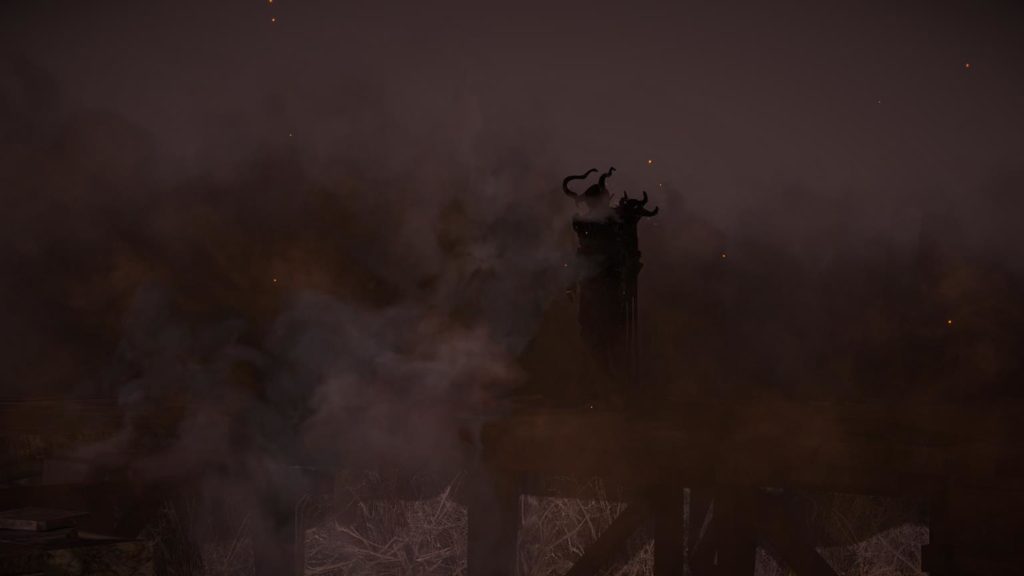
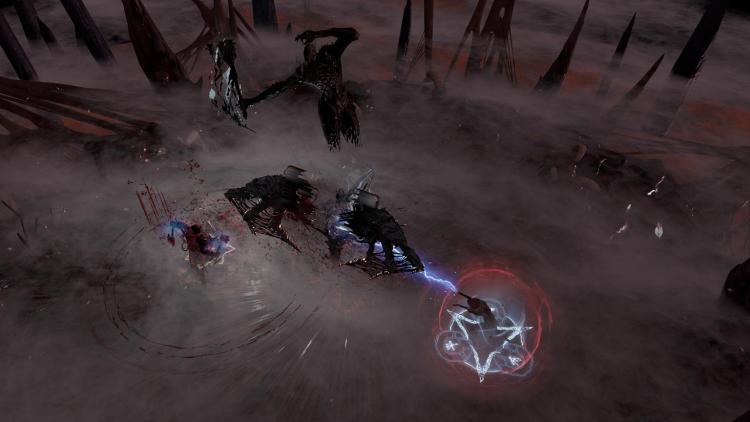
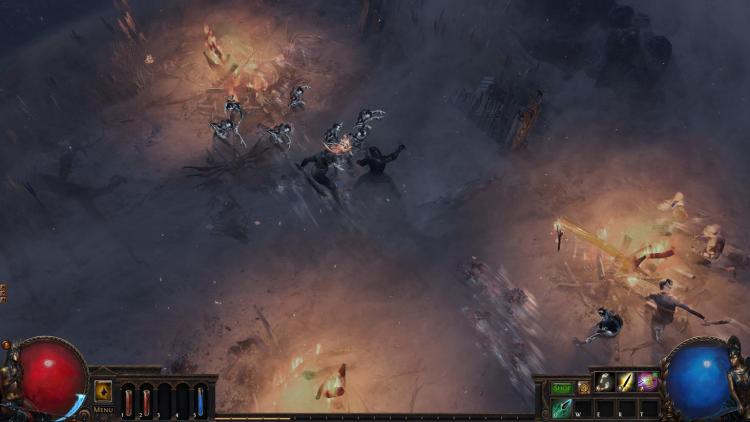
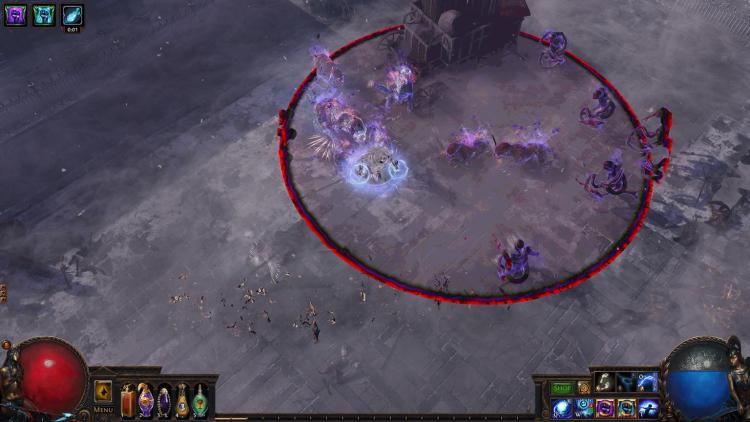
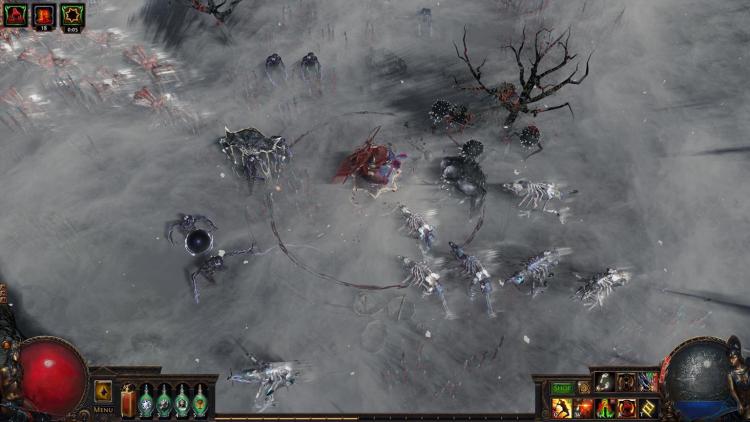
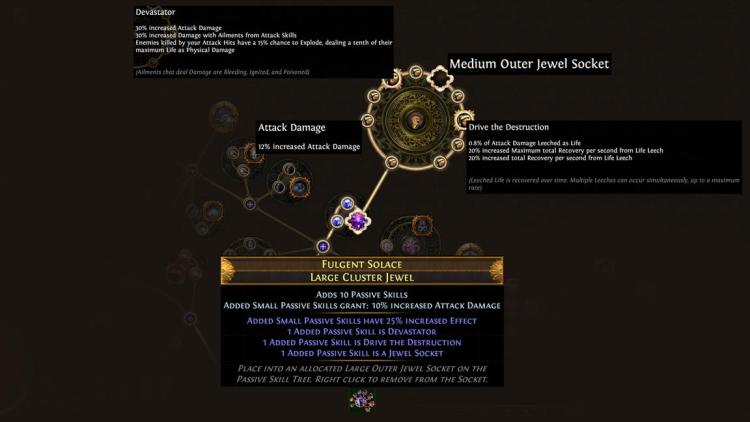
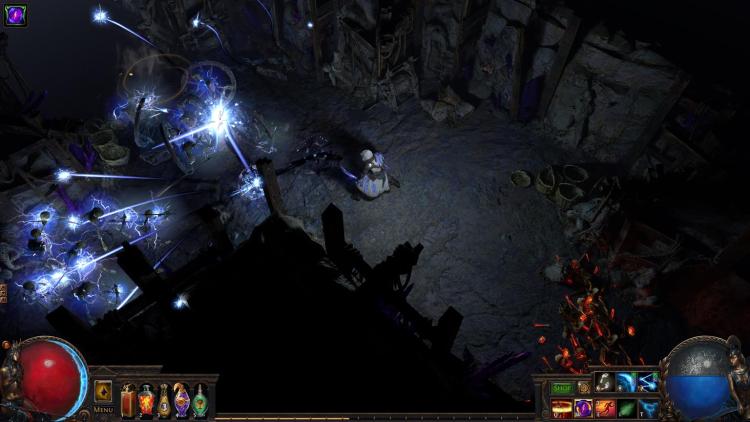
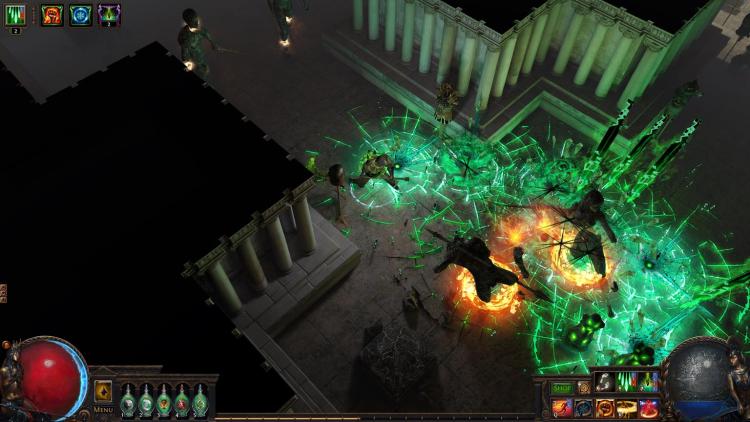
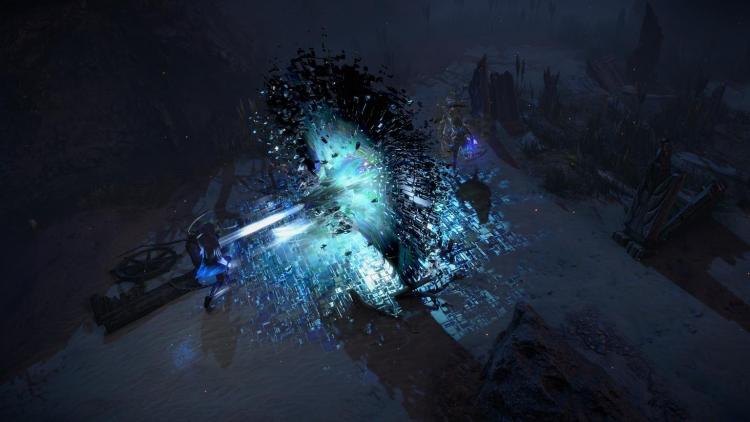





Published: Feb 25, 2020 02:59 pm